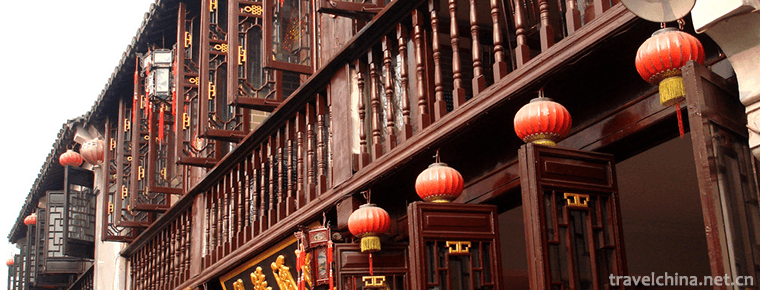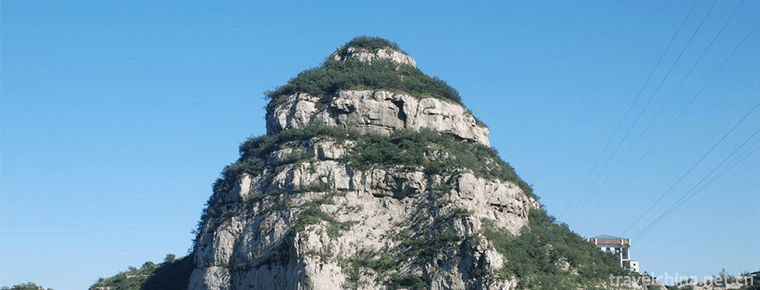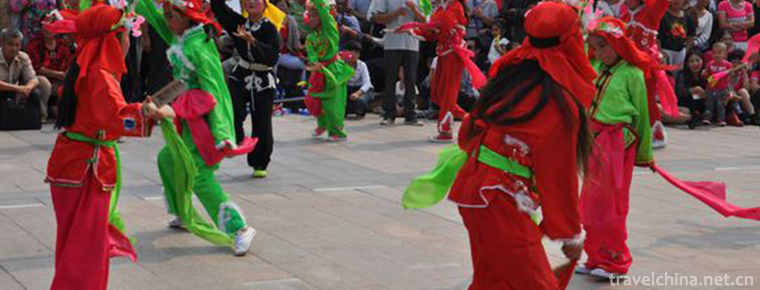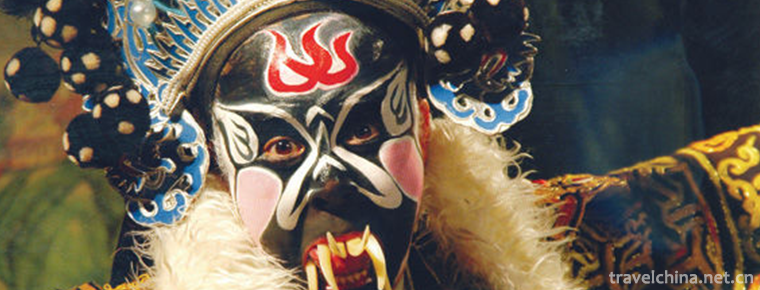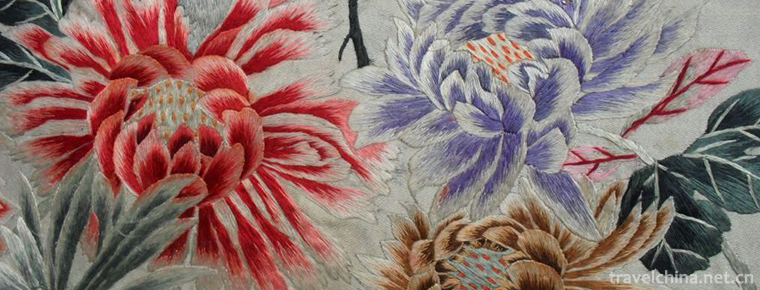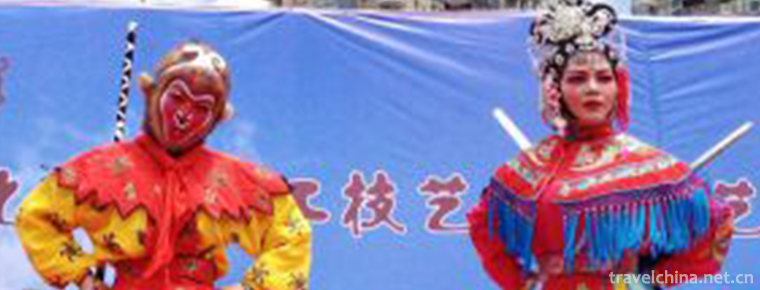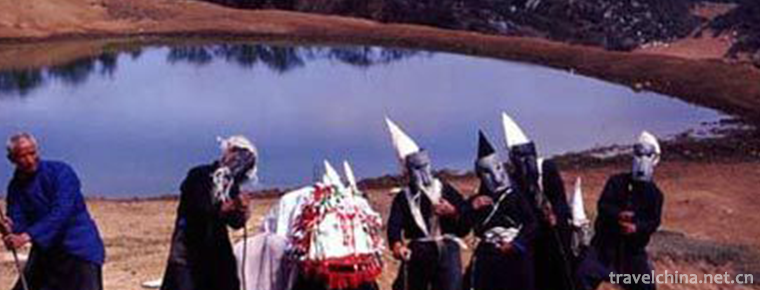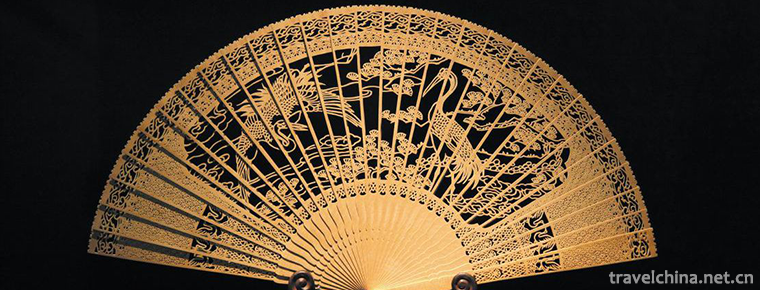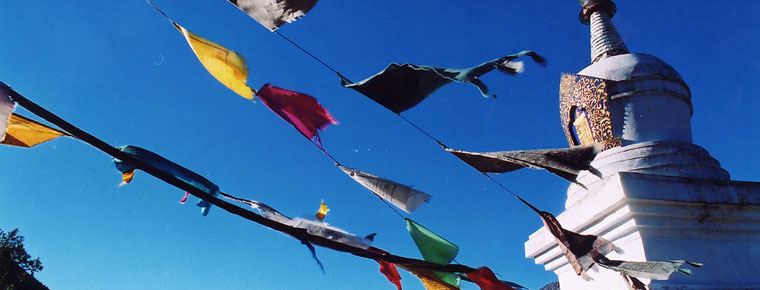Hepeishan National Forest Park
Hepeishan National Forest Park
Hepeishan National Forest Park is located in Zouping County, Binzhou City, Shandong Province, at the junction of Zouping County and Zhangqiu County. The total area of the park is 480 hectares, of which 356 hectares are used for forestry. The terrain is complex and changeable. The Park belongs to the north temperate continental climate zone, with distinct seasons throughout the year.
The vegetation is flourishing in Hebianshan National Forest Park, and the forest coverage rate reaches 97%. The air is fresh and oxygen content is very high. It is known as "the ecological pearl of Luzhong". There are five tourist routes in the park: Nine Waterfalls, Water Curtain Cave, Jiutan Creek, Hexiangling and Heming Valley.
Development history
In 1920, the former Changshan County Revitalization Animal and Plant Company built a forest yard in Hepeishan.
In 1947, the people's government took charge of Changbai Mountain Forest.
In 1949, the state-owned forest farm of Hepeishan was formally established.
In 1956, the state-owned forest farm of Hepeishan was assigned to Zouping County.
In September 1992, the State Forestry Ministry approved the establishment of the Hebianshan National Forest Park.
After the establishment of the forest park, Zouping County government strengthened infrastructure construction. The main projects include: building a 1000 square metre comprehensive service building, hardening 2.5 kilometres of highway; building a 2000 square metre parking lot; building 160 square metre Park office and building three scenic pavilions.
geographical environment
Location context
Hepeishan National Forest Park is located in Zouping County, Shandong Province, at the junction of Zouping County and Zhangqiu City. The park is adjacent to Zhangqiu City in the South and west, and Xidong Town and Linchi Town in Zouping County in the north and East respectively. Latitude is 36 45'- 36 46', longitude 117 41'- 36 46'. There is Jiqing Expressway in the north of the forest park, which is 30 kilometers away from Zibo city and less than 50 kilometers away from Jinan city. It covers an area of 480 hectares.
Geology and geomorphology
Hepeishan National Forest Park is a low hill formed from Mesozoic to Cenozoic through geological changes, magma eruption and surface uplift. Its geological structure belongs to the structural unit of Zibo-Zhiping sag.
Hebianshan National Forest Park is composed of Changbai Mountains and Baiyun Mountains. The mountain ranges have a complex and changeable terrain, steep and steep terrain, narrow and tortuous valleys, and many cliffs and cliffs. The slope gradient is above 40 degrees, and the average slope is about 35 degrees. There are 18 peaks in Hepei Mountain, and the main peak, Yuhuangding, is 728.8m above sea level. The southern boundary of Hepei Mountain consists of flower apex, Yuhuangding, Baiyun Mountain and Tiger Peak, which form a north-south watershed.
Climatic characteristics
Hepeishan National Forest Park belongs to the North Temperate Continental Climate Zone, with distinct climate throughout the year. The annual average temperature is 13 C; the monthly maximum temperature is 26.8 C in July; the lowest is January, reaching - 3.0 C. The annual average precipitation is 648.3 mm, mostly concentrated in June-August, accounting for 62.0% of the total precipitation. The annual average evaporation is 1987.2 mm, which is three times the annual precipitation. The frost-free period of the year is 157-236 days.
hydrology
There are 15 main valleys within the scope of Hepeishan National Forest Park. Runoff flows into Xiaoqing River.
soil
The rock is granite, the soil is mountain brown soil, the soil texture is sandy loam, the soil layer is mostly thin soil, and the soil pH value is about 6.5.
Resource situation
plant resources
There are 833 species of higher plants in Helaishan National Forest Park. In addition to 7 bryophytes, there are 826 species and varieties of vascular plants, 16 species of ferns, 27 species and varieties of gymnosperms and 783 species of angiosperms. There are no new species found in Hebian Mountain, nor are there any national key protected plants. There are two kinds of living fossil plants, Ginkgo biloba and Metasequoia glyptostroboides, which are native to China, but they are both introduced.
The natural vegetation of Hebianshan National Forest Park is mainly deciduous broad-leaved forest. However, coniferous forest or mixed coniferous and deciduous broad-leaved forest are developed in areas with high topography, especially in areas with large slopes and poor soil layers. The park has only a small area of secondary forests, most of which are shrubs and grasses developed after serious damage. The main coniferous forests in Helaishan are Pinus thunbergii and Platycladus orientalis, and the deciduous broad-leaved forests are Robinia pseudoacacia, Maple poplar and walnut.
Animal resources
There are 22 species of zooplankton, 11 species of benthic animals and 4 species of fish in Helaishan National Forest Park. There are 641 known insects in the park. 91 species and subspecies of birds recorded in the park account for 22.41% of the total birds in Shandong Province, but their area is only 0.0031% of the province's area, which shows that there are abundant bird species. There are 12 species of birds under the second-level national protection. Rare bird species in this area are carving, red-billed jay, long-tailed gray shrike, white-headed quail, white longevity ribbon bird, star-headed woodpecker, black curling tail, jackdaw, blue jadeite, hawk falcon, among which carving, red-billed jay, long-tailed gray shrill, white-headed quail and blue rock owl are the endemic birds in this area.
Main attractions
Nine waterfall
The scene name is Yingxian Cascade Waterfall. The main scenery is the cascade waterfall landscape, and the anti-Japanese relics are the supplementary scenery. The scenic spot is traced from Jiankou along the stream. There are 9 water falls, one waterfall and one scenic spot. It is interesting in dry, plentiful and plain water periods.
Nine Tan River
Jingming "Jiutan Cuicui". The vegetation on both sides of the scenic spot is Robinia pseudoacacia and Platycladus orientalis, mainly pure forests, with good combination of mixed, streams, falls, Bitan, rocks and vegetation.
The water curtain cave
The water curtain cave is a scenic spot along Tianguo River. The Valley is open. Along the line, there are caves, waterfalls, scenery stones and other sceneries, forming the scenery featuring the water curtain cave in Hepei Mountain.
Crane Xiang Ling
Hexiangling is named for its shape like an immortal crane, which is about 900m long and has a peak of 575m. The ridge vegetation coverage rate is high, and the mixed Platycladus orientalis and Robinia pseudoacacia have a good ecological environment, which is the scenic axis of Hebianshan National Forest Park.
Crane Valley
The name of the scene is "Crane Ming in the Valley". It starts from the Gukou Pond in the north of the Crane Valley and extends westward to Your Excellency Crane. The whole length is 800m. The Valley is wide, gentle and quiet. The vegetation coverage is high and humid and cool.
Cultural Legends
There is also a beautiful legend about the origin of the name of the crane accompanying the mountain. A long time ago, there was a scholar named Shi in Changshan County. He had a cold window for ten years, but he failed many times. One day, he went into the mountains to seek seclusion, intending to relieve his depression. Walking to the depths of the white clouds, I met an old man, white-haired child, holding a crutch, calling him to a cave, giving him three volumes of medical books, and warning: "You are not a good official, you can be a good doctor, cure the suffering of all peoples. This is Changbai Medicine, and Danfang is in the mist. After that, the old man turned into a crane and floated away. Shi Sheng got his own Changbai Medical Book and studied at dawn and night, gradually realizing the good situation. Over the next ten years, experience grew. When he was sixty years old, he returned to live in the Changbai Mountains under the name of "Changbai Mountain Man". One evening, I suddenly heard a flutter outside the door. It was a crane that was injured and fell to the ground. Shanren hastily picked up a handful of wild vegetables and a handful of grass roots to treat cranes. Within a few days, the crane wound healed and flew as before, but it stayed with the mountain people. Shanren treat ordinary people free of charge, and they heal at one time. After observing and examining the pulse, he inquired about the causes of family affairs to eliminate the depression of the sick. Finally, point out some flowers and plants in the mountain, let them pick and fry by themselves. One spring, plague prevailed and Aihong was scattered all over the counties of Jinan Government. Only Changshan County was safe from disaster. Therefore, Shandong counties have spread: "Huatuo reincarnated, Changbai Mountain is the cave heaven and earth." After refusing to serve the emperor in the palace, he angered the government and waited for the officers and soldiers to drive him away. The mountain people looked back to greet the crane and went out. They opened their big wings and carried the people of Changbai Mountain floating away, disappearing into the sky. The officers and soldiers had no choice but to return to their lives. Since then, the people of Changbai Mountains have disappeared, and the cranes have disappeared. The earthly disaster continues, but it leaves behind a good name of "the crane accompanies the mountain" for future generations.
Tourism information
Admission ticket
30 yuan
Opening Hours
All day
Specialty
Helaishan National Forest Park is rich in local products, including apricots, persimmons, persimmon cakes, pears, apples, pure natural nectar, jujube nectar and crisp mountain pancakes made from corn and sweet potatoes.




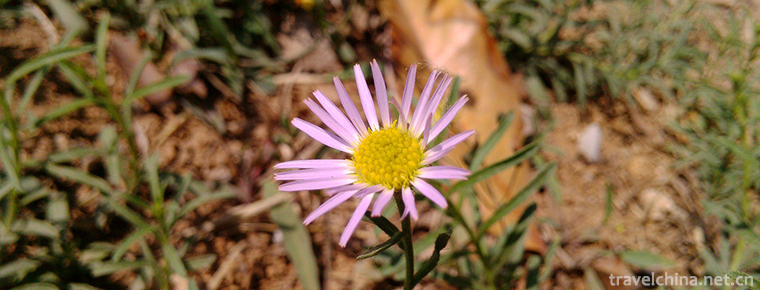
-
Zhouzhuang Town
Zhouzhuang Ancient Town is a preferred site for world cultural heritage and the first batch of national 5A tourist attractions. It is located in the southeast of Suzhou City and at the junction of Kun.
Views: 327 Time 2018-12-06 -
Bao Zhai village
Baoqiao Village, formerly known as Baoqian Mountain and Qishan Mountain, is located in Luquan District of Shijiazhuang City, 16 kilometers away from Shijiazhuang, the provincial capital.
Views: 195 Time 2019-01-02 -
Cangzhou Lazi
Cangzhou Laozi is a traditional folk dance with strong local characteristics in the central area of Hebei Province. Laozi is one of the representative folk dances in Hebei Province..
Views: 168 Time 2019-04-04 -
Korean Traditional Wedding
The traditional wedding ceremony of the Korean nationality in China is formed by the continuous integration and development of the Korean ancestors with the Han nationality and other minority.
Views: 162 Time 2019-04-16 -
Nanyin Rap
Nanyin rap is a form of rap sung in Guangzhou dialect. It is also a common melody in Cantonese opera and Cantonese opera. It is said that Nanyin rap was developed on the basis of wooden fish and drago.
Views: 280 Time 2019-06-07 -
Ninghai Pingtao
Ninghai Pingdao originated in the late Ming and early Qing Dynasty and was popular near Ningbo. It has a history of three or four hundred years. Ninghai Ping Tune belongs to the branch of Xinchang Tun.
Views: 124 Time 2019-06-08 -
Suzhou embroidery
Suzhou embroidery is the general name of embroidery products in Suzhou area. Its origin is in Wuxian, Suzhou. Now it has spread all over Wuxi, Changzhou and other places. Embroidery and silkworm reari.
Views: 121 Time 2019-06-17 -
Suzhou opera
On June 7, 2008, Hangzhou and Shaoxing City of Zhejiang Province jointly declared "Spring Spring Spring Spring Packing" which was approved by the State Council to be included in the second b.
Views: 389 Time 2019-06-18 -
Taiji of Yi Nationality
Qitaiji is an ancient form of drama that only exists in Nugazhai village, Bandi Township, Weining Yi Hui Miao Autonomous County, Guizhou Province. Taiji is the transliteration of Yi, the word "Qi.
Views: 398 Time 2019-07-12 -
Fan making Techniques
Suzhou Fan is a special product of Suzhou. It is famous for its elegance, delicacy and artistic characteristics. Including folding fan, sandalwood fan and silk Palace fan, collectively known as ".
Views: 149 Time 2019-07-25 -
Longhua Baxian Mountain Giant Buddha
Longhua Baxian Mountain Giant Buddha is located in Baxian, Longhua Town, Pingshan County, Yibin City, Sichuan Province. Since the Bamiyan Buddha in Afghanistan was bombed by the Taliban.
Views: 301 Time 2020-10-16 -
Tibetan lads are really popular
Who is Ding Zhen? He is a Tibetan Boy, 20 years old. On November 25, a tourism propaganda film "Ding Zhen's world" made him popular all over the country. Netizens once thought that his hometown was in Tibet, and the photographer could not help but clarify that Ding Zhen was from Litang County, Ganzi, Sichuan Province..
Views: 95 Time 2020-12-07
